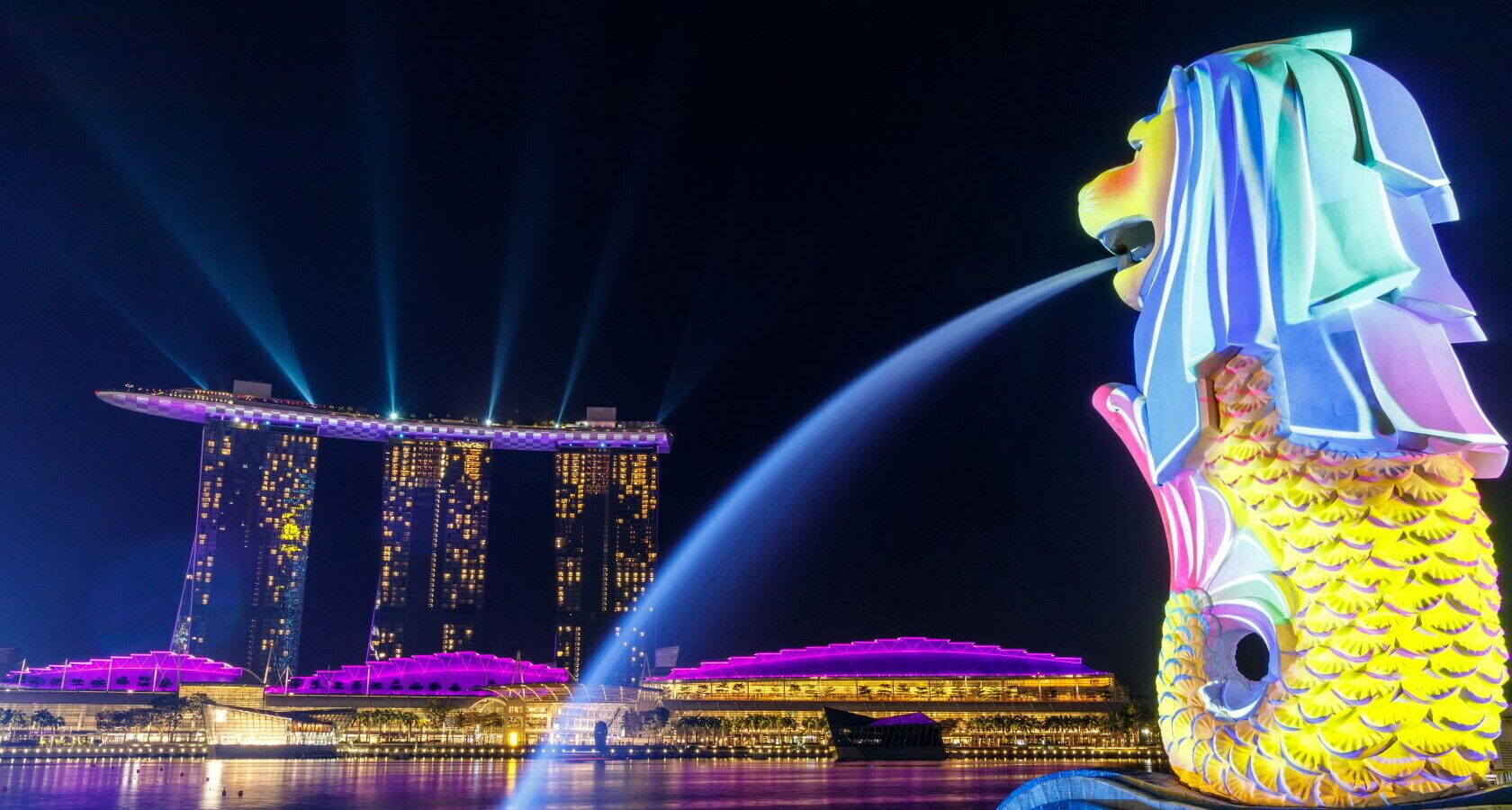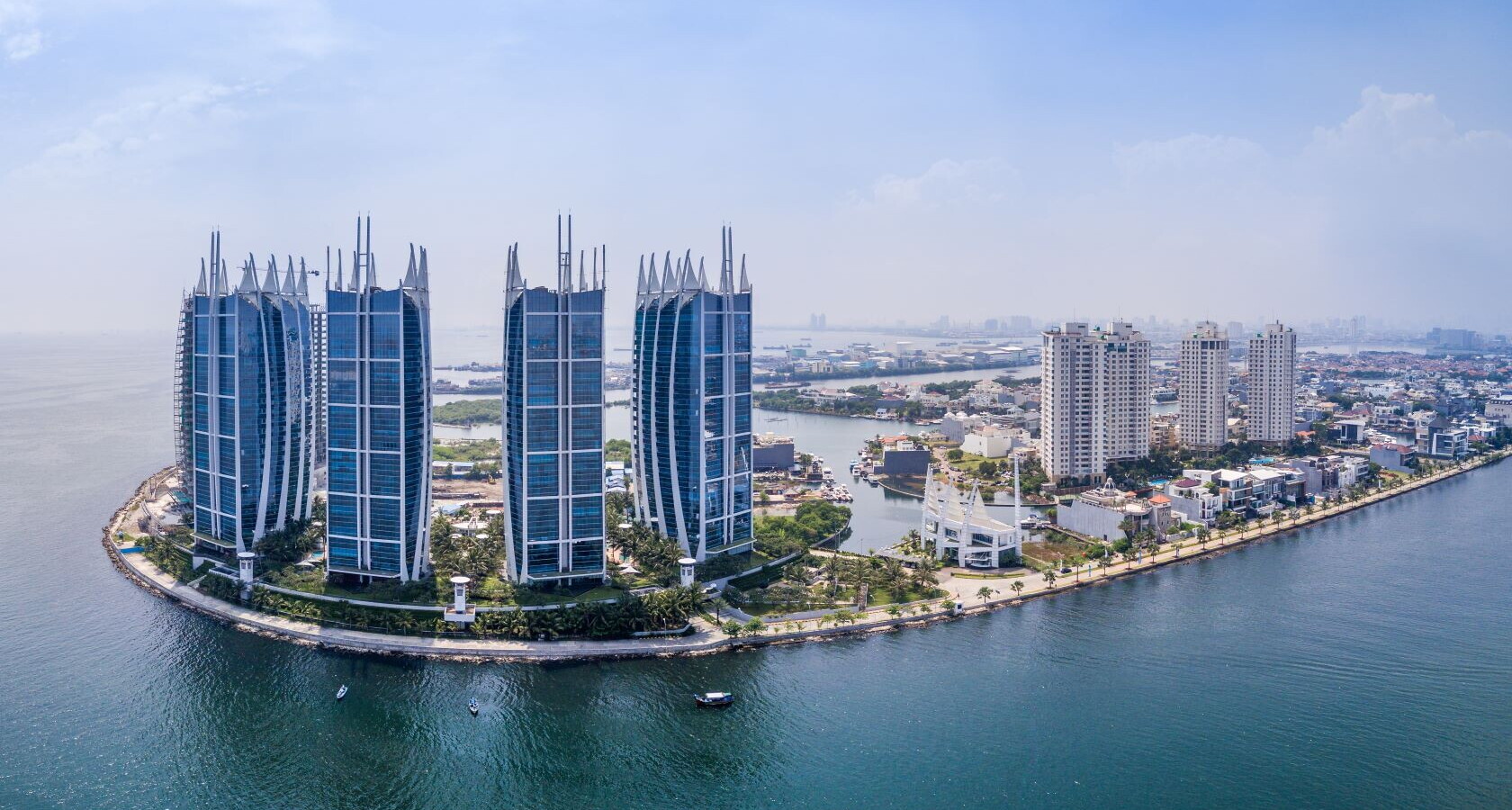
New players
The silent power of Indonesia
The world’s third most populous democracy seeks a recognized role in Asia’s geopolitical scene. Political stability and economic growth make Indonesia a key conduit between China, India and the West
7 minI
ndonesia is a giant that rarely seeks the spotlight, yet it could play an increasingly central role in the years ahead. Home to 286 million people and more than 700 languages, it is also the world’s largest Muslim-majority nation, with 87 percent of its population identifying as Muslim.
The archipelago, made up of more than 17,500 islands, has managed to preserve a strong national identity despite centuries of foreign domination—beginning with the Portuguese conquest, followed by a long Dutch colonial rule, and later the Japanese occupation during World War II. Independence came in 1949, after four years of armed struggle. In 1965, a coup d’état brought General Suharto to power, and he held power over the country until 1998.
Today, Indonesia stands among Asia’s most dynamic economies and consistently ranks within the world’s top ten in absolute GDP. Economic growth of less than 5 percent in a quarter is regarded as disappointing—a reflection of the country’s elevated expectations.
To bolster domestic demand, the government has introduced a fiscal stimulus exceeding USD 1.5 billion, directed primarily toward small and medium-sized enterprises and household consumption. The measure underscores a determination to sustain the country’s pace of development amid an increasingly uncertain global economic climate.

Islam in Indonesia
Indonesia is home to the world’s largest Muslim population. Religion has long shaped the country’s social, cultural, and political life, though its influence has varied across historical periods. Under Suharto’s dictatorship, political Islam was largely sidelined, but with the return to democracy in the 1990s it reemerged as a force for social and cultural participation—though it has not played a decisive role in strictly electoral terms.
Indonesia’s Islamic landscape is often described in terms of a tension between “traditionalists” and “modernists.” Traditionalists emphasize continuity with local history and customs, shaped by centuries of exchange, influence, and cultural layering. Modernists, who emerged as a reform movement in the early 20th century, focus instead on a more literal interpretation of the Quran and Islamic law. The distinction, however, is far from absolute: both currents face the challenges of modernity and the demands of a pluralistic society, and in practice they often arrive at similar outcomes.
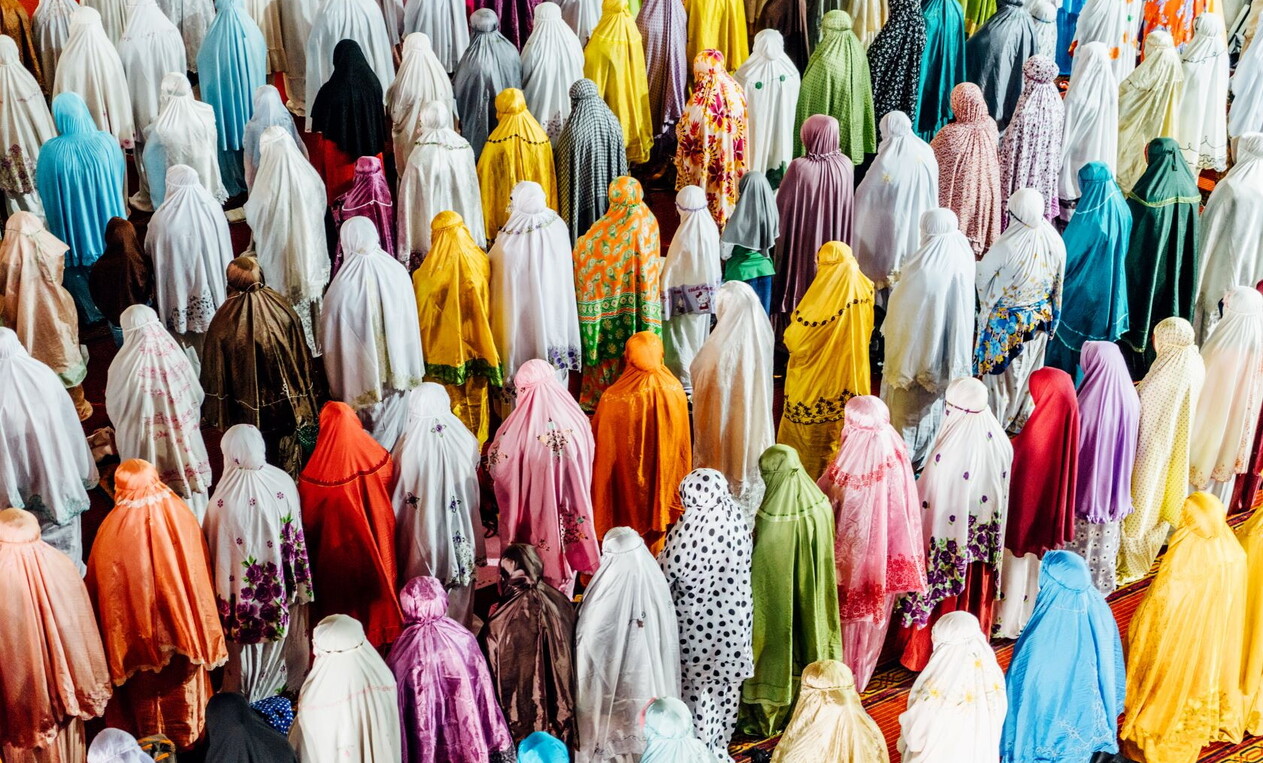
The environment has become a significant arena for this confrontation. Owing to its geography and extraordinary biodiversity, Indonesia is acutely vulnerable to ecological challenges—ranging from river pollution and deforestation to the broader effects of climate change. State institutions have shown growing concern in this area. A recent example was the closure of a major textile manufacturing company, accused of corruption and pollution, which triggered a class action lawsuit filed by farmers affected by its activities.
Religious organizations have also begun to play an important role. Muhammadiyah, with more than 50 million members, has launched an ambitious plan to create thousands of “eco-mosques”—houses of worship powered by solar panels and operated according to circular economy principles. The initiative is also championed by women such as Hening Parlan, signaling a growing openness to female leadership in social and religious life. This vision of Islam is closely tied to environmental sustainability and seeks to offer concrete solutions to the needs of local communities.
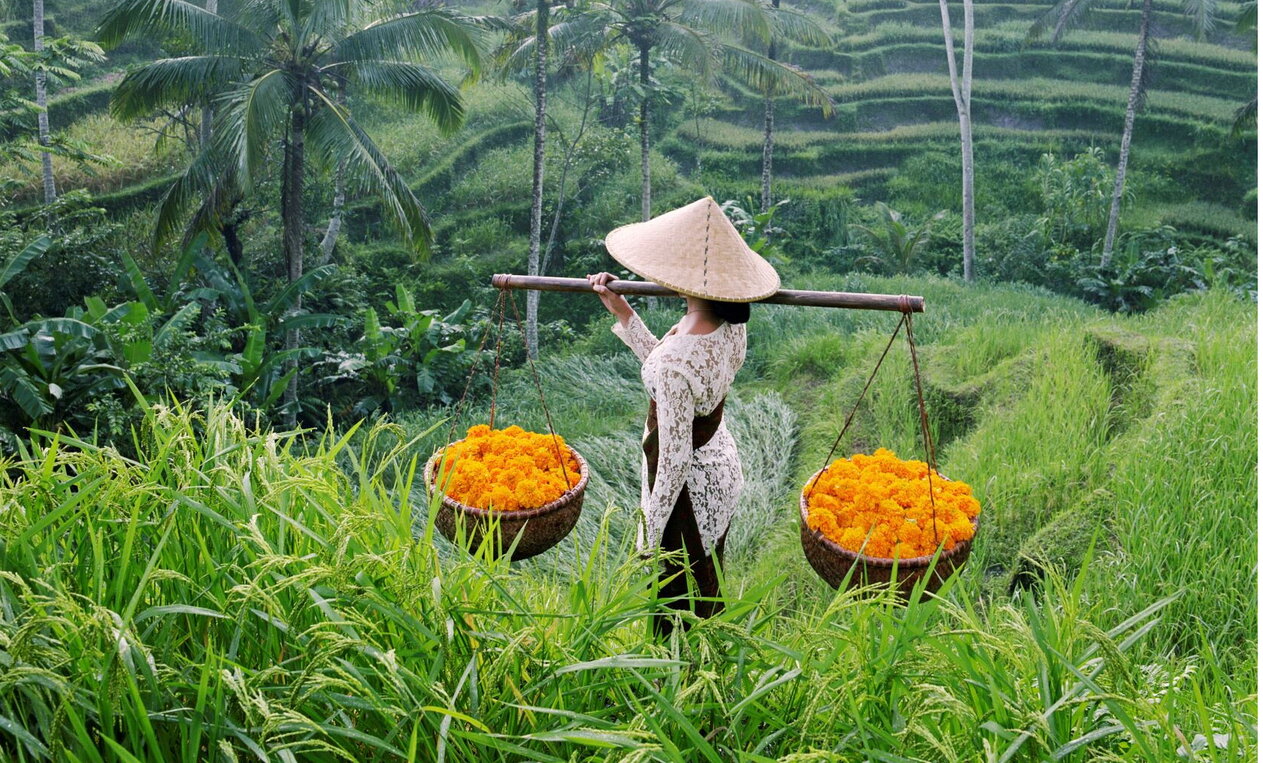
Indonesia’s experience demonstrates how religion, despite its diverse interpretations, can help foster a moderate and inclusive collective identity. While episodes of radicalism have punctuated recent history, the country remains firmly rooted in its national motto, Bhinneka Tunggal Ika (“United in Diversity”), which upholds cultural and religious plurality as the foundation of national cohesion.
The world's third largest democracy
In addition to being the world’s largest Muslim nation, Indonesia is also the third-largest democracy, after India and the United States. In the 2024 elections, Prabowo Subianto won the presidency in the first round, though his party did not secure an absolute majority. He has since formed a coalition government designed to prioritize economic concerns over ideological ones.
Economic growth was the centerpiece of his campaign
Prabowo’s campaign focused primarily on economic growth. While his stated goal of 8 percent appears distant, growth of 4 to 5 percent remains robust, especially in today’s international context. Indonesia, which recorded an export increase of more than 11 percent over the past year, now faces a crucial challenge: consolidating its role on the global stage and ensuring it does not remain on the margins of the Asian balance of power, dominated by China and, to varying degrees, India.
Indonesia has substantial natural resources—including oil, gas, coal, and minerals—along with diversified agriculture, producing rice, palm oil, and rubber. Its manufacturing and service sectors are also expanding rapidly. Yet wealth remains unevenly distributed, and vast rural areas have yet to benefit from these economic transformations. The country also faces the risk of remaining overly dependent on global supply chains that continue to cast it primarily as a low-cost manufacturing hub.
Indonesian industry has expanded significantly over the past two decades. Yet high-tech manufacturing—including automobiles, motorcycles, and information and communications technology—remains largely dominated by foreign multinationals, particularly from Japan, South Korea, China, the United States, and Singapore. Indonesian-owned firms continue to hold strong positions in traditional sectors such as textiles, apparel, and food, as well as in certain strategic areas like oil, avionics, and communications. By contrast, critical sectors such as health and education see only limited state involvement, with the middle class relying heavily on private providers. These economic concerns have shaped the election debate far more than religious or ideological issues.
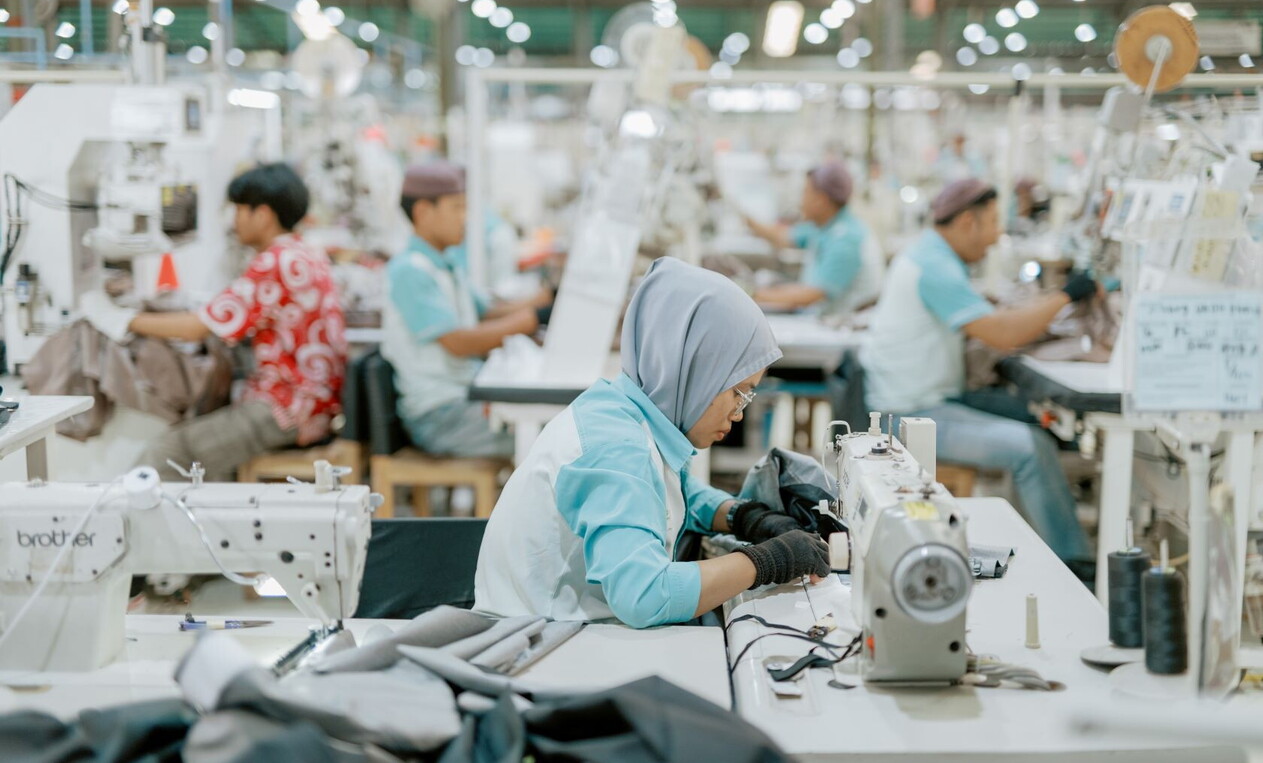
Indonesia has thus affirmed its position as a key country in Southeast Asia. Its economic and social trajectory will serve as an indicator of broader regional dynamics, while also offering an example of a large Muslim-majority state striving to balance economic growth, social pluralism, and sustainability.

